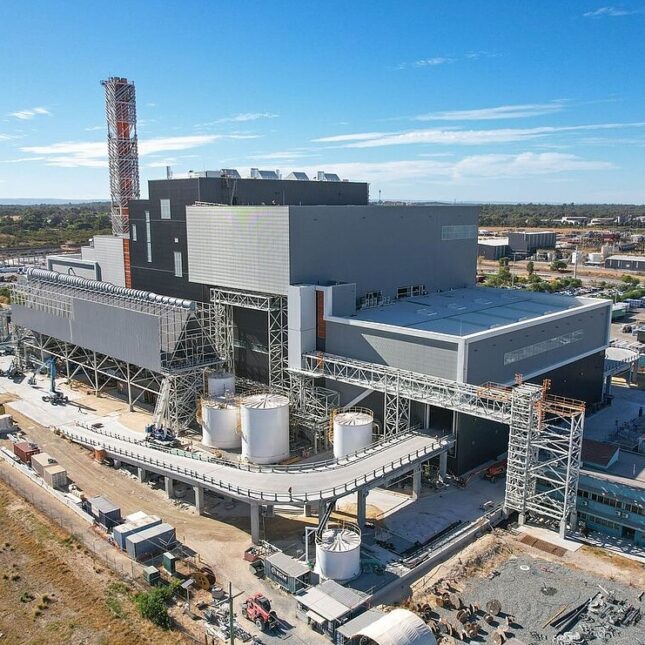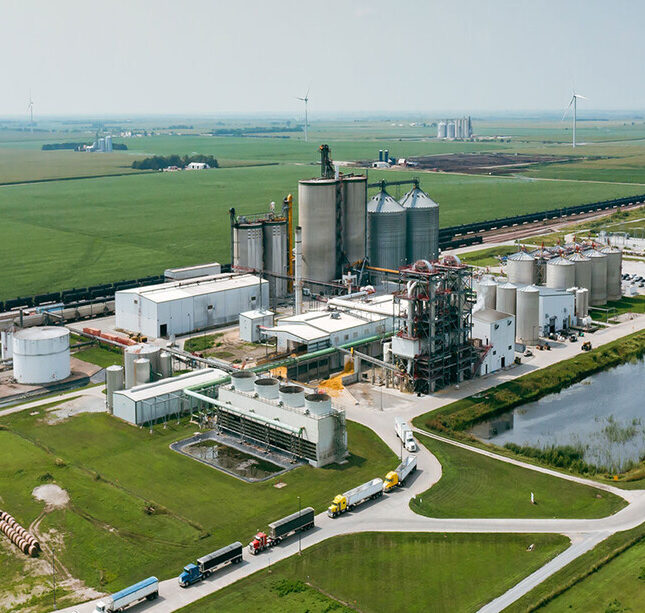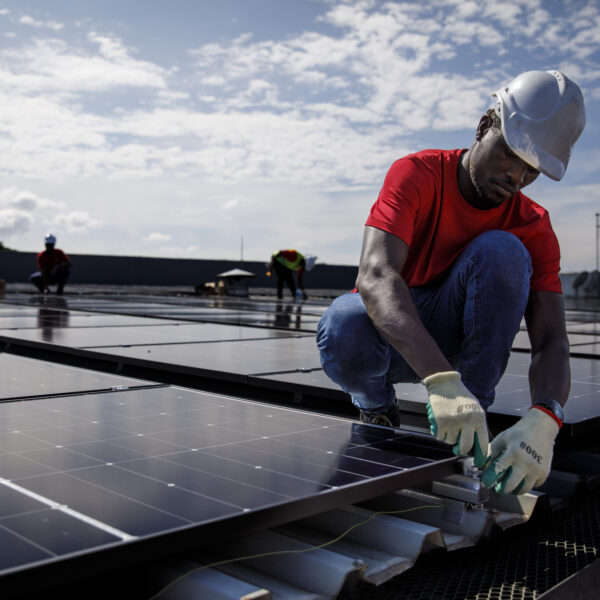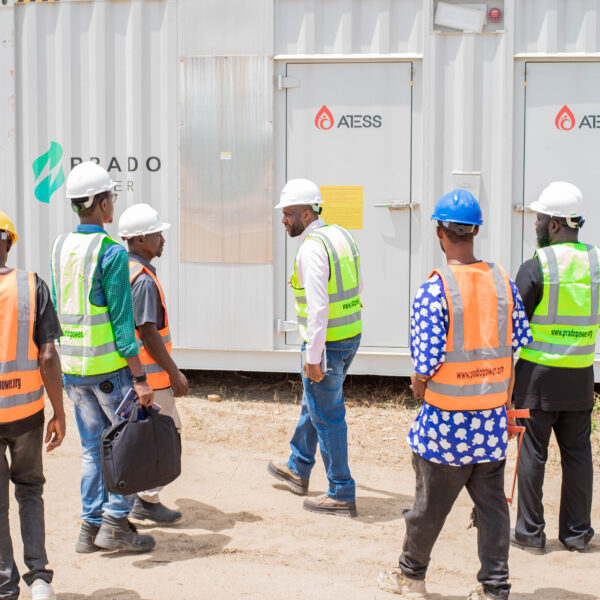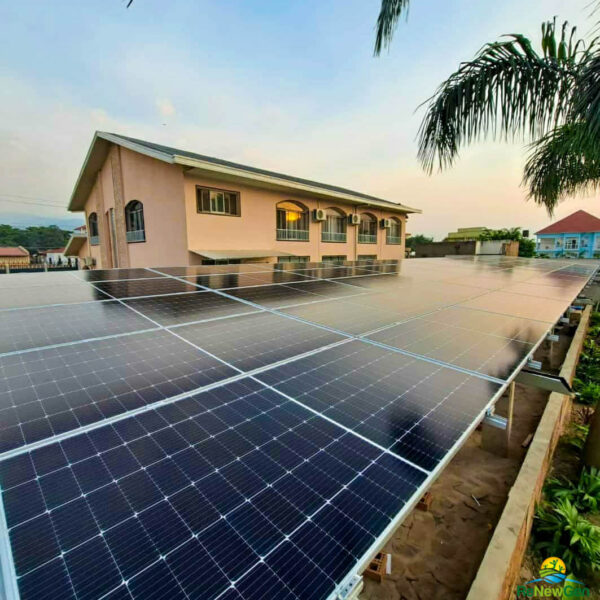Building the next big things in African green infrastructure
Key figures
Expected results
Building the next big things in African green infrastructure
About
Achieving the Sustainable Development Goals isn’t just a big project – it takes many big projects at once. Green infrastructure makes use of different countries’ immense potential to transform how resources are used. With innovative approaches, resources can be used abundantly, building materials can be produced in-country rather than imported at high cost, and even seemingly overwhelming waste streams can be redirected for sustainable development.
To leverage this potential, countries need innovative ideas and developers willing to implement them across the African continent. Engineering challenges are everywhere, and infrastructure group Satarem has some good ideas, as showcased in three different projects. In Senegal, the developer – who holds several patents in waste-to-energy technologies – is working on an advanced facility that will generate power while absorbing waste streams. Mauritania has been identified as the site for a first-of-its-kind cement plant powered by green hydrogen and biomass pellets. And in Zimbabwe, a project aims to supplement the country’s fuel supply with bioethanol made from cassava grown on remote arid degraded land. Each of these projects has the potential to become an important piece in the continent’s mosaic of renewable energy infrastructure.
Our support
The waste-to-energy project in Diamniadio, greater Dakar, Senegal, is what first connected Satarem and GET.invest in 2022. The company had plans for a facility that would allow 1,200 tonnes of unsorted municipal waste a day operating a 20 MW power plant for feeding baseload power to the national grid. While Satarem has the expertise and access to cutting–edge technologies, there are few examples in Africa of waste processing on such scale or level of sophistication. The project needs solid terms for waste collection, logistics, government guarantees, environmental studies – and of course the right financing. Through the GET.invest Finance Catalyst, the company received assistance in crafting an information memorandum and financial model, reviewed waste supply and power purchasing arrangements, and began making introductions with investors. GET.invest is also supporting Satarem in discussions with national authorities that ultimately will result in the bankability of a public–private renewable power partnership project with the government.
While this project was forging ahead, Satarem involved GET.invest in another plan of equal ambition: a green cement clinker plant in Northern Mauritania with excellent wind and solar conditions. Clinker is an intermediate step in making cement, a mix of limestone and minerals heated in a massive kiln. Satarem envisions sourcing wind power from a nearby 100MW existing wind farm with excess capacity and solar power for production of hydrogen for burning the kiln and running the cement plant to reduce its large carbon footprint. The GET.invest Finance Catalyst supported Satarem with an information memorandum, project design document and environmental and social impact assessment, and has established links with specialist renewable energy investors to fund the hydrogen, renewable power component and the cement factory. The cement will be largely decarbonized and will partly be available for the local and regional construction market and for export to Europe at competitive cost.
Meanwhile, in Zimbabwe, GET.invest is advising the company on yet another complex project: a plan to develop large-scale bioethanol production for blending with local gasoline which contributes to climate adaptation, employment in rural areas, and saving on forex expenses. Alongside building a refinery, the project involves cultivating cassava on 16,000 ha of degraded, unused land in a country where the starchy root crop is not common. To do so, Satarem is forming partnerships with agricultural research organisations and a local partner to run the growing operation. As the most nascent of the three projects, the GET.invest Finance Catalyst is actively involved in structuring and polishing the draft information memorandum, testing the market for interest and reviewing the financial model.
* Investment sought per project: Zimbabwe €140m, Senegal €25,5m, Mauritania €422m.
Disclaimer: This story was last updated in April 2025.



